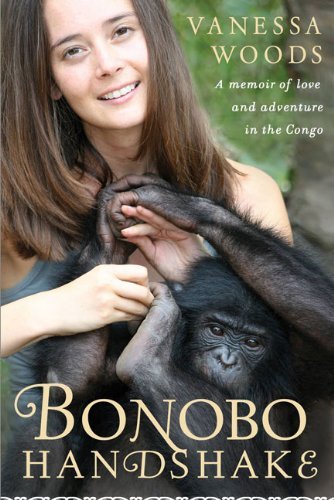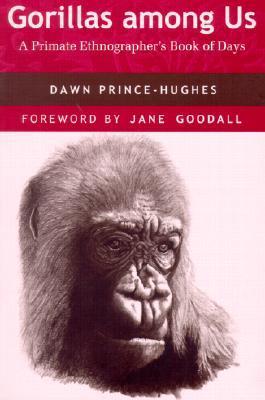
A Primate's Memoir: A Neuroscientist's Unconventional Life Among the Baboons
Book Description
What happens when a neuroscientist trades lab coats for the wild? Robert M. Sapolsky’s 'A Primate's Memoir' plunges into the chaotic realm of baboons, revealing the raw and untamed world of these fascinating primates. As he struggles with the complexities of their social hierarchies, the tension between mating rituals and survival instincts unfolds, exposing profound insights into human nature itself. With moments of humor, heartbreak, and revelation, this memoir becomes a vivid exploration of power, stress, and the bonds that tie us all together. Can one man’s journey into the animal kingdom change how we see ourselves?
Quick Book Summary
"A Primate's Memoir" by Robert M. Sapolsky is an engaging blend of scientific observation and personal narrative, chronicling his years studying baboon behavior in East Africa. Sapolsky arrives in the savannas as a young neuroscientist, determined to understand how stress affects social animals. Immersed in the day-to-day dramas of a wild baboon troop, he documents their shifting alliances, complex hierarchies, and constant struggles for survival. The memoir details not only the lives of the baboons, but also Sapolsky's own journey of adaptation and discovery, set against the tumultuous backdrop of East Africa in the late 20th century. Through humor, empathy, and profound insight, Sapolsky reveals the striking parallels between primate and human societies, especially around power, belonging, and the costs of stress.
Summary of Key Ideas
Table of Contents
Social Hierarchies and Power Dynamics
Robert Sapolsky’s journey into the heart of baboon society begins as a young outsider eager to unravel the mysteries of social behavior and stress. Immersed in the Kenyan savanna, he methodically observes a single troop over multiple field seasons, learning the nuances of individual personalities and the sometimes violent, often poignant, rhythms of primate life. Sapolsky’s dedication to understanding dominance hierarchies and mating disputes brings him into direct contact with both the harshness and hilarity of the animal kingdom, painting a vivid picture of a world where survival and social maneuvering are inextricable.
The Biology and Consequences of Stress
Stress emerges as a central theme—both in the lives of the baboons and Sapolsky himself. Through the lens of behavioral biology, he investigates how constant threats from predators, rivals, and environmental hardships shape not only daily routines but long-term health. Sapolsky’s research highlights the physiological toll of chronic stress, drawing clear connections to human experiences of tension and anxiety. His empathetic approach humanizes both subject and scientist, showing that the costs of social living are not unique to humans.
Parallels Between Baboon and Human Behavior
As Sapolsky deepens his understanding of baboon society, he uncovers remarkable parallels to human behavior. The baboons’ intricate webs of alliances, betrayals, and reconciliations mirror our own family feuds and office politics. He observes how power is negotiated, friendships forged and broken, and the vulnerable often suffer under the powerful—universal patterns that transcend species. Sapolsky’s wit and humility underscore the shared emotional landscape between primates and people, prompting readers to reconsider what it means to be social animals.
The Challenges and Rewards of Field Research
The memoir also delves into the unpredictable challenges of field research, from procuring supplies in remote regions to surviving close calls with wildlife and witnessing the broader dangers of East African life—including political unrest, poaching, and disease. Sapolsky candidly recounts his own mishaps and gradual acclimatization, finding camaraderie with local communities and fellow researchers. His story becomes as much about personal transformation as scientific discovery, reflecting the resilience required to thrive in an often unforgiving environment.
Life in East Africa as an Outsider
Ultimately, "A Primate’s Memoir" invites readers to view both baboon and human societies with greater curiosity and compassion. By weaving together anecdotes, research findings, and cultural observations, Sapolsky dismantles the perceived barrier between human and animal, showing that the quest for belonging, significance, and survival unites all primate species. His narrative voice—by turns funny, poignant, and wise—offers a rare, immersive glimpse into a shared evolutionary past.
Download This Summary
Get a free PDF of this summary instantly — no email required.





